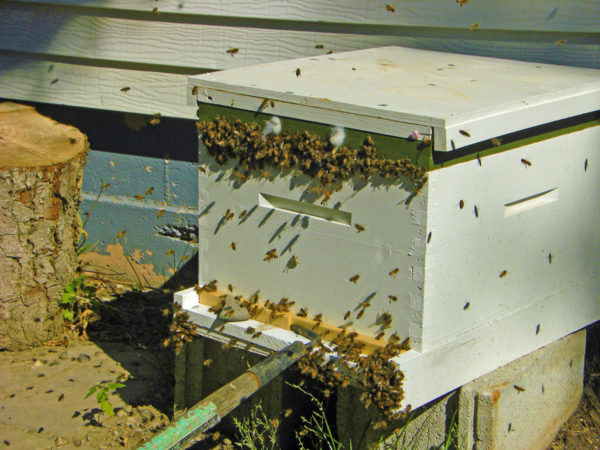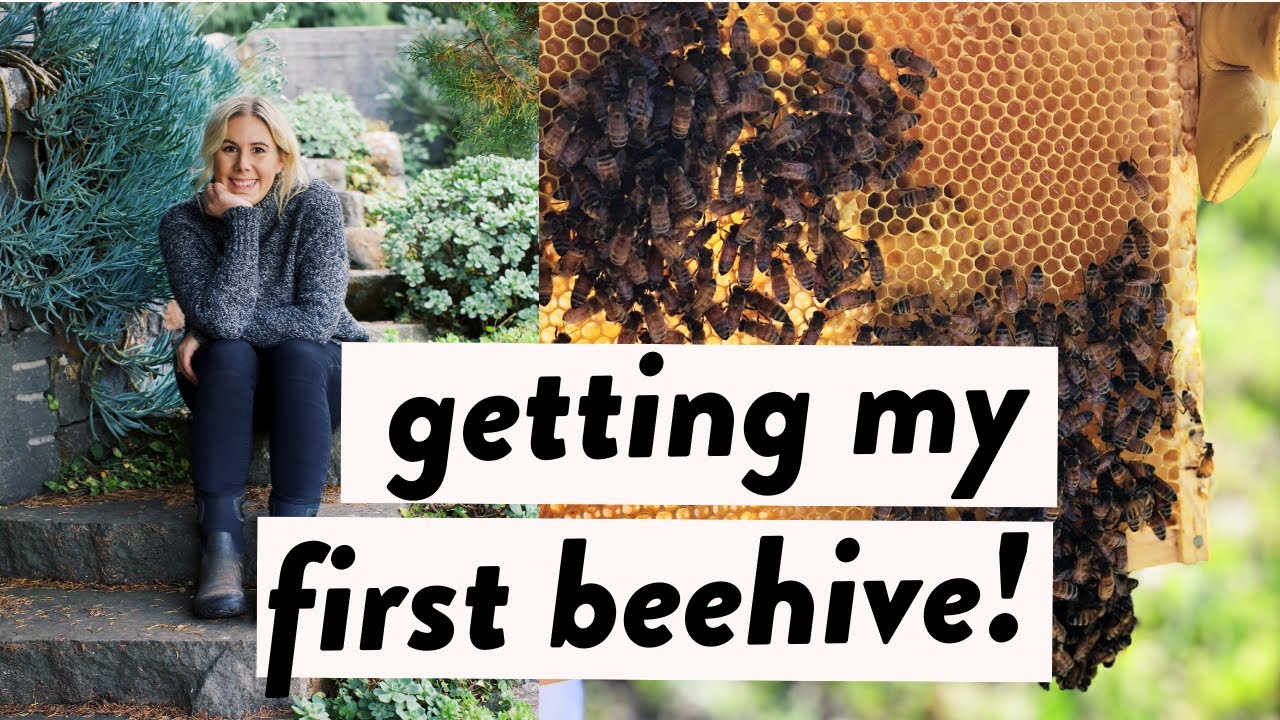
Are you ready to embark on the exciting journey of setting up your first beehive like a pro? In our article, “First Hive Frenzy: Steps to Setting Up Like a Pro!”, we will guide you through the essential steps of establishing your very own beehive. From choosing the perfect location to assembling your hive equipment, we’ll provide you with all the necessary information and tips to ensure a successful and thriving beekeeping experience. So, get ready to put on your bee suit and let’s get buzzing!
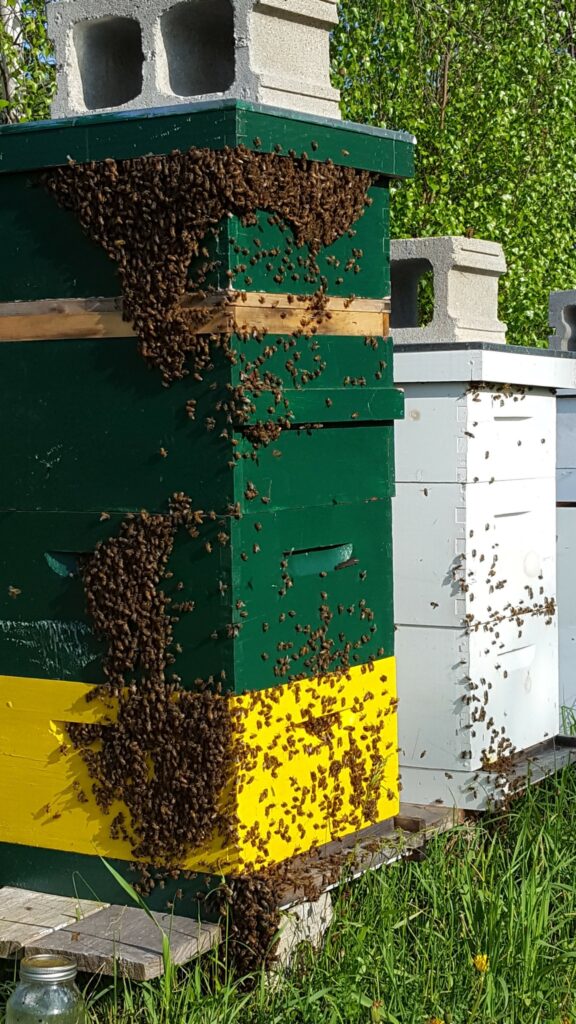
Choosing the Right Location for Your First Hive
Assessing Your Property
When selecting a location for your first beehive, it’s important to assess your property first. Look for a spot that is away from high-traffic areas and where the hive won’t be disturbed. Take note of the amount of sunlight the location receives throughout the day, as bees need ample sunlight to thrive.
Considering Local Climate and Regulations
Different bee breeds thrive in different climates, so it’s crucial to consider your local climate when choosing a location for your hive. Additionally, research any regulations or restrictions that may be in place regarding beekeeping in your area. Some neighborhoods or municipalities may have specific rules about keeping bees.
Finding a Sheltered Spot
To ensure the hive’s longevity, find a sheltered spot. This will help protect the hive from strong winds and inclement weather. Consider placing the hive near a fence or a row of bushes to provide some natural windbreak.
Providing Easy Access for Bees
Bees need easy access to their hive entrance and foraging areas. Choose a location that allows bees to fly in and out without any obstructions. Ideally, the hive entrance should face south or southeast to take advantage of the morning sunlight.
Gathering Essential Equipment and Tools
Researching and Purchasing the Hive Components
Before diving into beekeeping, it’s important to research the various hive components and determine which ones are necessary for your setup. There are several types of hives to choose from, such as Langstroth, top-bar, and Warre hives. Consider the pros and cons of each and select the one that suits your needs.
Obtaining Protective Gear
Beekeeping requires adequate protection to ensure your safety. As a beginner, it is essential to invest in a beekeeping suit, gloves, and a veil to protect yourself from bee stings. These protective gears will give you the confidence to work on your hive comfortably.
Stocking Up on Beekeeping Tools
In addition to protective gear, there are various tools you will need to maintain your hive. Some essential tools include a smoker, hive tool, bee brush, and a hive feeder. These tools will assist you in properly inspecting and manipulating the hive.
Setting Up a Water Source
Bees require water, especially during hot weather, so it’s important to set up a water source near your hive. A shallow dish filled with water and some floating materials, such as twigs or stones, will provide bees with a safe place to drink without the risk of drowning.
Preparing the Hive for New Colonies
Assembling the Hive Components
Once you have all the necessary hive components, it’s time to assemble them. Follow the instructions provided by the manufacturer to ensure proper assembly. Pay attention to details such as frame spacing and hive alignment to ensure a functional and sturdy hive.
Painting or Staining the Hive
Before introducing bees to the hive, consider painting or staining it. This step is not only aesthetic but also helps protect the hive from weathering and extends its lifespan. Choose a non-toxic paint or stain to ensure the safety of the bees.
Installing Frames and Foundation
Frames and foundation provide structure for the bees to build their comb. Install these components in the hive before the arrival of the bees. Follow the instructions provided, ensuring the frames are properly spaced and level to facilitate easy movement for the bees.
Checking for Proper Ventilation
Proper ventilation is crucial for a healthy hive. Ensure that there are enough ventilation options in the hive to prevent excessive humidity and condensation. Proper ventilation helps the bees regulate the temperature inside the hive, preventing the growth of harmful mold and bacteria.
Obtaining Bees for Your Hive
Choosing the Right Bee Breed
Different bee breeds have different characteristics, so it’s important to choose the right one for your hive. Research breeds such as Italian, Carniolan, or Russian bees, and consider factors such as temperament, disease resistance, productivity, and suitability to your local climate.
Ordering Package Bees or Nucleus Colonies
Once you have decided on the bee breed, you can obtain your bees by ordering package bees or nucleus colonies. Package bees consist of a queen and a specific number of worker bees, while nucleus colonies include a functioning queen, workers, and brood. Research reputable suppliers and place your order in advance to ensure availability.
Catching a Swarm
Another option for obtaining bees is by catching a swarm. Swarming, the natural process of bees forming a new colony, can be a thrilling experience. However, catching a swarm requires knowledge and skill, so consider seeking guidance from experienced beekeepers before attempting this method.
Transferring Bees from an Existing Hive
If you have a beekeeping friend or mentor who is willing to help, you can transfer bees from their existing hive to yours. This method can be a great way to start with an established colony and increase your chances of success as a beginner beekeeper.
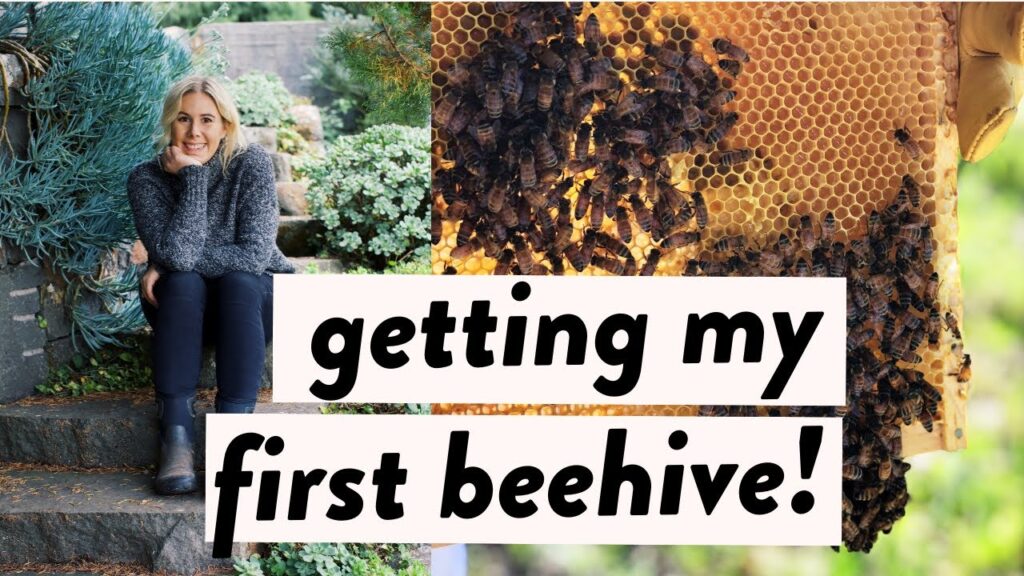
Introducing Bees to the Hive
Handling Bees Safely
Before introducing bees to the hive, it’s important to learn proper bee handling techniques. Bees can become defensive if mishandled, so it’s crucial to move slowly and gently when working with them. Wear your protective gear and approach the hive with confidence.
Creating an Ideal Environment for Transfer
To facilitate a smooth transfer, choose a calm and mild day with minimal wind. Bees are more cooperative and less likely to become agitated during favorable weather conditions. Avoid opening the hive during rain or extreme weather.
Installing Bees in the Hive
There are various methods to install bees in the hive, such as the shake method or the direct release method. Follow the instructions provided with your package bees or consult with your mentor to determine the best method for your specific situation.
Monitoring for Queen Introduction
After introducing the bees, it’s crucial to monitor the hive to ensure the queen has been successfully introduced. Check for the presence of eggs, larvae, and a laying pattern to confirm that the queen is laying and the hive is thriving. If there are any concerns, consult with experienced beekeepers for guidance.
Feeding and Maintaining the Hive
Providing Adequate Food Sources
In the initial stages, it is important to provide adequate food sources for your hive. Bees require nectar and pollen for nutrition, especially when establishing their colony. Consider planting bee-friendly flowers and provide sugar syrup or pollen substitute if necessary.
Checking on the Hive Regularly
Regular inspections are essential to monitor the health of your hive. Check for signs of disease, pests, or other issues during your inspections. This allows you to address any problems promptly, ensuring the well-being of your bees.
Maintaining Hygiene and Pest Control
maintaining proper hygiene in and around the hive is essential for colony health. Keep the hive clean and free from debris to prevent the growth of bacteria and pests. Monitor for common pests such as Varroa mites and take appropriate measures to control their population.
Monitoring Colony Health
Regularly monitor the overall health and productivity of your colony. Look for signs such as a strong population, healthy brood patterns, and sufficient honey stores. If you notice any unusual behavior or signs of declining health, consult with beekeeping experts for guidance.
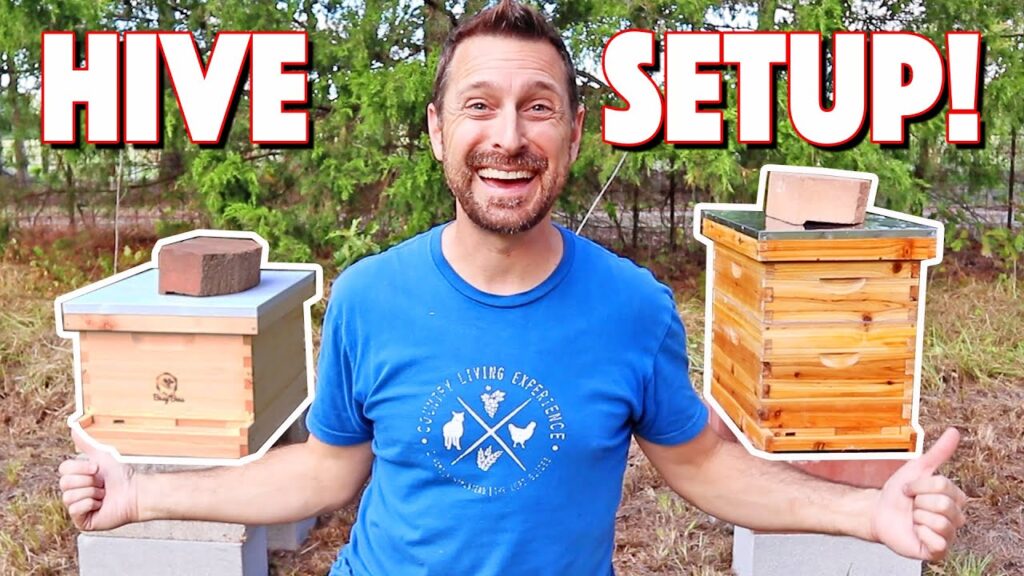
Expanding and Managing the Hive
Adding Supers and Honey Chambers
As your hive grows and becomes more productive, you may need to add supers or honey chambers to accommodate the increasing honey production. These additions provide additional space for the bees to store honey and prevent overcrowding in the brood chamber.
Managing Population Growth
Proper hive management includes monitoring and managing the population growth of your colony. If the hive becomes overcrowded, consider methods such as splitting the hive or creating nucleus colonies to prevent swarming and maintain a healthy population.
Conducting Regular Inspections
Regular inspections help you stay aware of the hive’s condition and address any issues promptly. Inspect the frames for diseases, pests, and signs of queen productivity. Regular inspections also provide an opportunity to perform necessary maintenance tasks such as replacing old frames or repairing hive components.
Harvesting Honey and Hive Products
Once your hive has produced a surplus of honey, it’s time to reap the rewards of your beekeeping journey. Harvest honey following proper techniques and guidelines to ensure the quality and safety of the honey. Additionally, consider exploring other hive products such as beeswax, propolis, or royal jelly.
Preparing for Winter
Assessing Hive Readiness for Winter
Before winter arrives, it’s essential to assess the hive’s readiness for the cold months. Ensure that the hive has ample food stores and a healthy population to survive the winter. Address any issues such as weak colonies or insufficient honey stores to give your bees the best chance of survival.
Insulating and Ventilating the Hive
Proper insulation and ventilation are crucial for winter survival. Insulate the hive with materials such as foam insulation or hive wraps to help retain heat. Additionally, ensure proper ventilation to prevent moisture buildup, which can be detrimental to the colony’s health.
Providing Supplemental Nutrition
During winter, natural food sources may become scarce. Consider providing supplemental nutrition such as sugar syrup or fondant to ensure that your bees have enough food to sustain them through the winter months. Place the supplemental food near the cluster for easy access.
Protecting the Hive from Predators
Winter can bring an increase in hive predators, such as mice and skunks, looking for warmth and food. Take necessary precautions to protect your hive by using mouse guards, securing the hive entrance, and regularly monitoring for signs of predator activity.

Handling Common Hive Challenges
Identifying and Addressing Bee Diseases
Bee diseases can pose a significant threat to your hive’s health. Regularly monitor for common diseases such as American Foulbrood or Varroa mite infestations. Learn to identify the signs and symptoms of these diseases and take appropriate measures to address them promptly.
Managing Swarm Prevention and Control
Swarming is a natural process, but if not properly managed, it can lead to the loss of bees and a weakened hive. implement swarm prevention techniques, such as providing adequate space, manipulating brood frames, or performing timely splits, to maintain a healthy hive population.
Dealing with Queen Issues
Queen issues, such as an aging or failing queen, can impact the hive’s productivity and overall health. Monitor the queen’s performance, look for signs of queenlessness, and be prepared to take action if necessary. This may involve introducing a new queen or allowing the hive to raise a new queen from within.
Resolving Hive Behavior Problems
Bees can exhibit certain behaviors that may be of concern, such as excessive aggression, excessive swarming, or robbing behavior. Identify the cause of these behaviors and take appropriate measures to address them, seeking advice from experienced beekeepers if necessary.
Connecting with the Beekeeping Community
Joining Local Beekeeping Associations
Beekeeping associations are a valuable resource for both beginner and experienced beekeepers. Joining a local association allows you to connect with fellow beekeepers, share knowledge, and learn from experienced members. It’s also an opportunity to participate in community events and workshops.
Attending Beekeeping Workshops and Conferences
Continuing education is essential in beekeeping. Attend workshops or conferences to expand your knowledge, keep up with the latest advancements in beekeeping practices, and connect with industry experts. These events also provide an opportunity to network and learn from experienced beekeepers.
Finding Mentors and Experienced Beekeepers
Having a mentor or connecting with experienced beekeepers can greatly enhance your learning journey. Seek out experienced beekeepers who are willing to share their knowledge, provide guidance, and offer support. Having a mentor can help you navigate the challenges of beekeeping and gain practical insights.
Participating in Online Beekeeping Forums
Online beekeeping forums and discussion boards provide a platform for beekeepers worldwide to connect and exchange ideas. Participating in these platforms allows you to ask questions, seek advice, and learn from the experiences of fellow beekeepers. It’s a convenient way to connect with the beekeeping community, especially for those in remote areas.
By following these comprehensive steps, you can confidently embark on your journey as a beekeeper. Remember, beekeeping is a rewarding and intricate hobby that requires dedication, continuous learning, and most importantly, a passion for these fascinating creatures. Enjoy the process, and may your first hive thrive!
